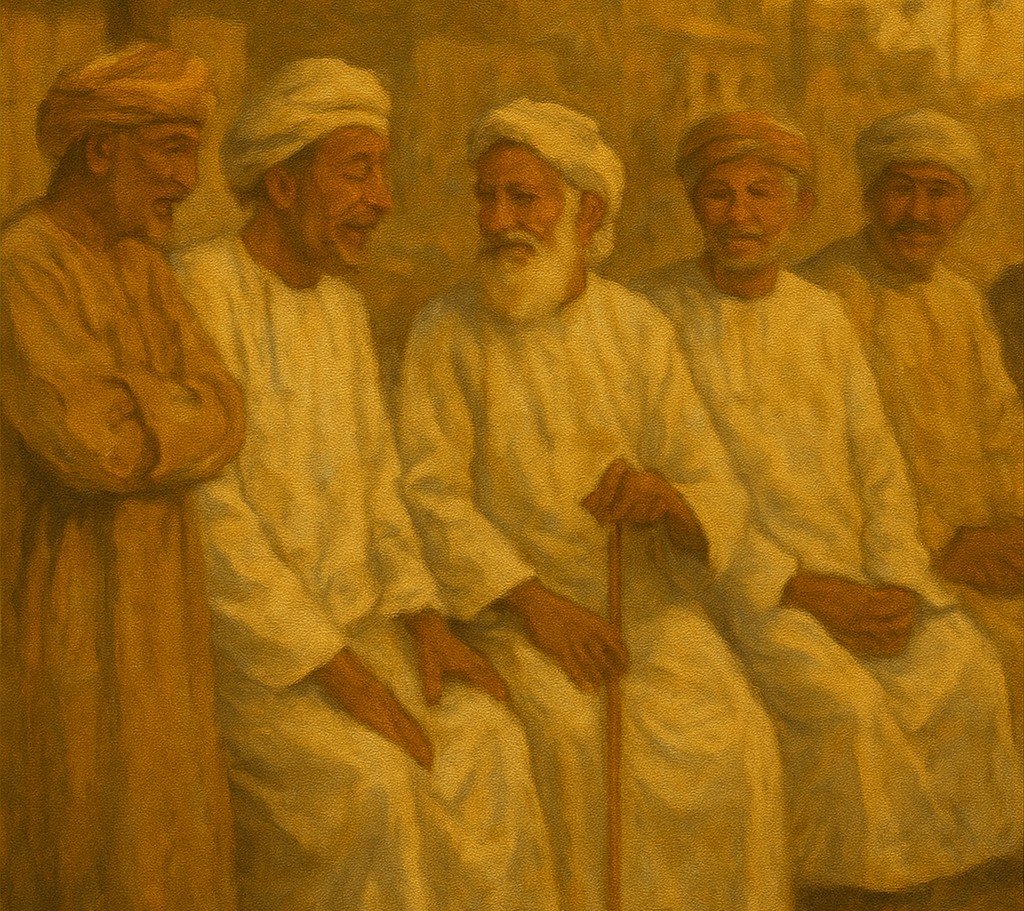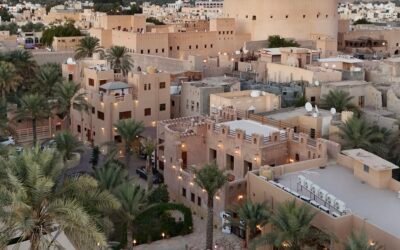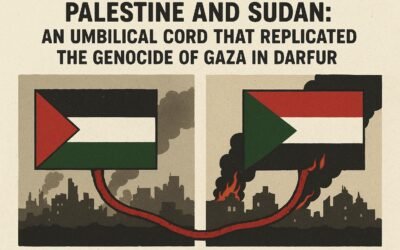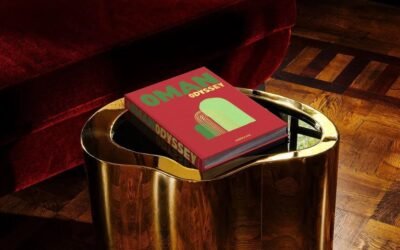Means of Communication in Oman Before the Technological and Internet Revolution
By – Ruqaya Al Kindi (@ruqaya.alkindi)
Life Before Modern Communication
Before the modern renaissance era in the Sultanate of Oman, which began when His Majesty the late Sultan Qaboos bin Said assumed power in 1970, modern means of communication were not available. However, people’s daily routine and social lifestyle contributed greatly in enhancing interaction between people and thus facilitating the conveying of news and knowledge among them.
Mosques and Prayer Gatherings
People start their day with the Fajr prayer which is performed before sunrise. “Men perform the prayers in the mosques spread throughout the Omani neighborhoods. Thus, people find an opportunity to convey the important news and the conditions of people, such as if someone get ill, birth of a child, the death of someone or any other important news. People gather 5 times daily to perform the prayers at different times throughout the day,” Salim Al Yaqoubi, an Omani who witnessed the period before and after the Renaissance (from Wilayat of Ibri, Al Dhahirah Governorate).
The Role of the Omani Sablah
Communication before the Renaissance was largely based on direct meetings and daily interaction between people. “The Omani Sablah provided an ideal place for the society’s members to express their opinions, experiences and ideas, discuss important issues and convey social, economic and political news among them, which helped spread awareness among society,” he noted.
Every Omani house till today has a designated place for men gathering and another for women (Sabla). There is also a public Sabla in most villages to serve the common interests of the people. Men and women, since the past, used to gather, mostly during the day, to chat and have a good time while eating dates and drinking coffee.
Community Spaces and Oral Traditions
He clarified that gatherings were also held in public places such as squares or under large trees, where people of different ages and backgrounds would come together to exchange conversations and stories in various fields such as history, heritage, and social and political events that Oman has witnessed.
The Omani Sablah was also an effective means of intergenerational communication and community building in a time when modern media were not available. He noted that, “The presence of different age groups of people, including the elderly, contributes to preserving the cultural heritage, customs and traditions and promoting social values in Omani society. Folk stories and proverbs were told, also the advices were exchanged in various aspects of life, which helped convey experience, wisdom and knowledge from one generation to the next.”
Flaj System and Agricultural Life
Flaj system and agriculture played a pivotal role in organizing social life by establishing many customs and social systems associated with them in Omani neighborhoods, villages and cities. Thus, they were a fundamental factor in social interaction and played an effective role in conveying and circulating news among people.
A report published by the University of Nizwa in 2021 mentioned that the dates harvest and wheat harvest seasons, for example, depend on the cooperation of the villagers amidst chants and customs that create an atmosphere of enthusiasm in the work.
Construction and Maintenance of Aflaj
The report also explained the role of the falaj in the social aspect since the early stages of digging and constructing the falaj: “Where it requires great and arduous effort that requires solidarity and cooperation between the beneficiaries to dig and build water channels that connect the falaj to the farms and areas that will be irrigated the Falaj. Falaj also requires periodic and continuous maintenance, especially after rainfall and the damage it may cause to the falaj channels. All of this is enhancing interaction and cooperation, and strengthen social ties among the villagers.”
Social Hubs Around the Falaj
The allocation of specific places for special uses in the falaj channels as well, as the study highlighted, encouraged people’s meetings and, therefore, gave them opportunity to exchange village news, learn about the conditions of the people in the village and any new news.
“Sharia area (the first area where the falaj appeared on the surface of the earth/ground), for example, is allocated for drinking water because the water is pure and clear and has not been exposed to any pollution or human use.”
The Falaj channels, after that, extend into the neighborhoods and farms, taking into account many social aspects, most notably the allocation of a separate places for washing and bathing for men and women. In addition to the presence of other places designated for washing clothes and household utensils, where women often gather for this purpose. There are also other places designated for washing the dead,” the study elaborated.
It added that when the falaj needs maintenance or cleaning, this is announced in different ways, such as beating drums. When the work is finished, people express their joy by holding a feast, and this undoubtedly strengthens social ties between the villagers.
Jobs and Social Interaction Around the Falaj
The falaj system also provided many job opportunities in the village, which enhanced social interaction between the villagers due to the common interests between them, and thus contributed in conveying the news.
The study explained that “The falaj was linked to a group of jobs that directly related to it, and others related to the agricultural system. For example, the falaj system provided jobs for women, such as supervising the grinding of grains using the water mill (a simple tool consisting of two stones that rotates using the hydraulic force of the falaj water and is used to grind wheat grains).”
Another job assigned to women was guarding the falaj, as a group of them would stand next to the falaj when women gathered to wash and bathe to monitor the falaj and prevent throwing waste into the falaj water.
Men also served and cleaned the falaj. Another task that women and men shared was transferring drinking water from the falaj’s Sharia to the homes. These meetings were effective means of enhancing interaction and conveying news between people in the absence of modern means of communication.
Gunfire and Letters as Communication Tools
Gunfire, as well, was a common means of announcing urgent news. “A cannon or rifle would be fired to announce urgent news such as fires and deaths. This was an effective way to convey news to as many people as possible at once,” Salim noted.
Written paper letters were a major means of communication, especially between Omani expatriates (working abroad) and their families in Oman. Sometimes, as he shared, “It would take months for a letter to arrive due to the lack of modern means of transportation, but it was an effective way to reassure people and convey news. Letters were sent with anyone coming to the Sultanate or returning abroad.”
The Telegraph and Government Communication
The telegraph was the fastest way to convey news between the government and its representatives in the Willayat then to the citizens. “The telegraph office was located in the Wali’s headquarters (Willayat representative), which was in the forts. The telegraph depended on encoding letters with electrical pulses and sending them through wires to another who printed those pulses, where the employee received known signals and symbols and he translated them into letters to show their content. The letter was usually brief.”
News was also conveyed between people through written or verbal messages that were transmitted by individuals; which took a long time to deliver. The same with conveying government news and decisions to citizens.
Ruqaya Al Kindi is a dedicated journalist and digital media specialist, currently contributing to the Oman Daily Observer. With a strong foundation in storytelling and digital publishing, she brings fresh, insightful narratives to the forefront of Omani media.
She holds a Bachelor's degree in Journalism and Electronic Publishing from the College of Arts and Social Sciences at Sultan Qaboos University (Class of 2019). Ruqaya is also an alumna of the prestigious Young Arab Media Leaders Program, the largest Arab media development initiative held in the UAE.
Her excellence in journalism was nationally recognized in 2017, when she earned first place in the Media Proficiency Award (Journalistic Interview Category) by the Ministry of Information.
Passionate about shaping conversations and amplifying voices through modern media, Ruqaya blends traditional journalistic integrity with digital creativity—making her a valued voice in Oman’s evolving media landscape.




